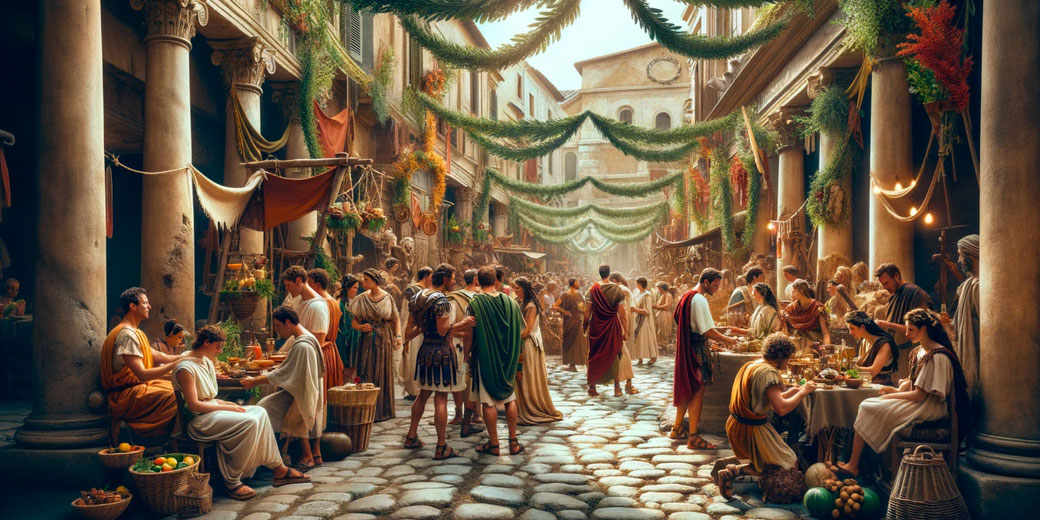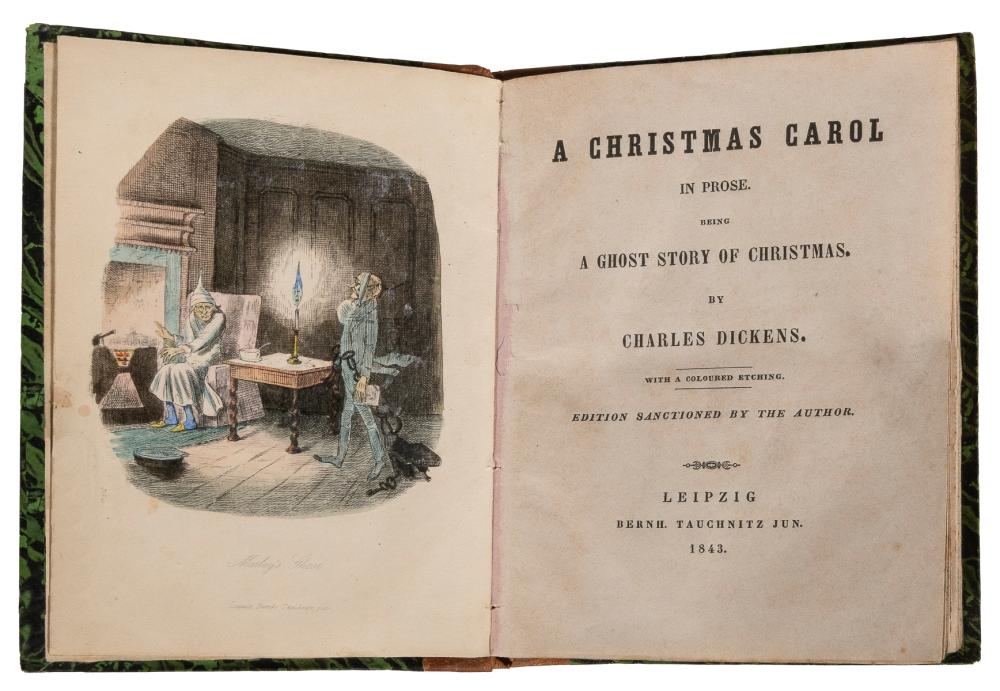Christmas is one of the most widely celebrated holidays in the world, but have you ever wondered why December 25 was chosen as the day to celebrate the birth of Jesus Christ? The answer isn’t as straightforward as you might think.
The selection of this date was influenced by a mix of historical, religious, and cultural factors. Let’s explore the fascinating history behind how December 25 became Christmas.
The Biblical Clues (or Lack Thereof)
Surprisingly, the Bible does not specify the exact date of Jesus’ birth. The Gospels of Matthew and Luke provide details about the Nativity, but they do not mention a specific day or month. Early Christians did not initially celebrate Jesus’ birth, focusing instead on his crucifixion and resurrection.
So, if the Bible does not provide a date, why was December 25 chosen? The answer lies in history, tradition, and a bit of strategic decision-making by early church leaders.
The Influence of Pagan Festivals
One of the strongest theories for why December 25 became Christmas is its connection to pre-existing pagan festivals. During the Roman Empire, several important celebrations took place in late December:
- Saturnalia (December 17–23): This festival honored Saturn, the Roman god of agriculture, with feasting, gift-giving, and temporary social role reversals.
- Dies Natalis Solis Invicti (December 25): This was the “Birthday of the Unconquered Sun,” celebrating the winter solstice and the rebirth of the sun god Sol.
- Yule (December 21–January 1): In Northern Europe, the Germanic and Norse peoples celebrated Yule, which featured feasting, burning Yule logs, and honoring the return of longer daylight hours.
Since these festivals were already widely observed, early Christian leaders may have chosen December 25 to align with these existing celebrations, making it easier for pagans to convert to Christianity.

image: historyskills.com/classroom/ancient-history/saturnalia
The Role of Early Christian Leaders
The first recorded celebration of Christmas on December 25 dates back to AD 336 in Rome, during the reign of Emperor Constantine, the first Roman emperor to convert to Christianity. Some historians believe Constantine strategically aligned Christmas with pagan solstice festivals to encourage conversion without forcing people to abandon their existing traditions.
In AD 350, Pope Julius I formally declared December 25 as the official date of Christ’s birth. Although there was no definitive proof that Jesus was born on this day, the decision helped unify Christian celebrations across the empire.
Alternative Theories: The Date of Conception and Jewish Traditions
Another theory suggests that early Christians calculated Jesus’ birth based on the idea that prophets often died on the same date as their conception.
Some early Christian scholars believed that Jesus was conceived around March 25, which is celebrated as the Feast of the Annunciation.
If Mary conceived Jesus in March, then nine months later would place his birth in December.
Additionally, Jewish tradition played a role in shaping the date of Christmas. The Jewish festival of Hanukkah, which celebrates the rededication of the Second Temple in Jerusalem, falls around late December.
Some scholars suggest that early Christians may have drawn symbolic parallels between Hanukkah’s theme of light and Jesus being the “Light of the World.”
The Spread of Christmas Celebrations
Once December 25 was established as the official date of Christmas, the tradition spread throughout the Christian world. By the Middle Ages, Christmas had become a major religious and cultural event across Europe.
However, not everyone agreed with the holiday. During the 17th century, Puritans in England and America banned Christmas celebrations, viewing them as too influenced by pagan traditions.
The holiday eventually regained popularity, especially in the 19th century, when writers like Charles Dickens helped reshape Christmas into the warm, family-oriented holiday we recognize today.

A Date of Tradition and Adaptation
The choice of December 25 as Christmas Day was not based on historical evidence of Jesus’ birth but rather on a blend of religious symbolism, cultural adaptation, and political strategy.
Whether it was chosen to replace pagan festivals, align with theological beliefs, or unify Christian traditions, December 25 has become deeply embedded in history as the day the world celebrates the birth of Jesus Christ.
No matter how the date was chosen, Christmas continues to be a time of joy, giving, and togetherness. So as you celebrate this holiday season, remember that the story behind December 25 is as rich and fascinating as the traditions we enjoy today.
FAQs About the History of Christmas
Was Jesus really born on December 25?
There is no historical evidence to confirm Jesus’ exact birth date. December 25 was chosen centuries after his birth for various cultural and religious reasons.
What did early Christians celebrate before Christmas?
Early Christians focused more on Easter, celebrating Jesus’ resurrection. His birth was not widely celebrated until the 4th century.
Why did some groups ban Christmas?
During the 17th century, Puritans in England and the American colonies banned Christmas, considering it too secular and influenced by pagan traditions.
Do all Christian groups celebrate Christmas on December 25?
Most Christian denominations celebrate Christmas on December 25, but some Orthodox Christian churches follow the Julian calendar and celebrate on January 7.
When did Christmas become a major holiday?
Christmas gained popularity in the Middle Ages and became widely celebrated in the 19th century, thanks in part to literature, holiday traditions, and the influence of figures like Charles Dickens and Queen Victoria.





